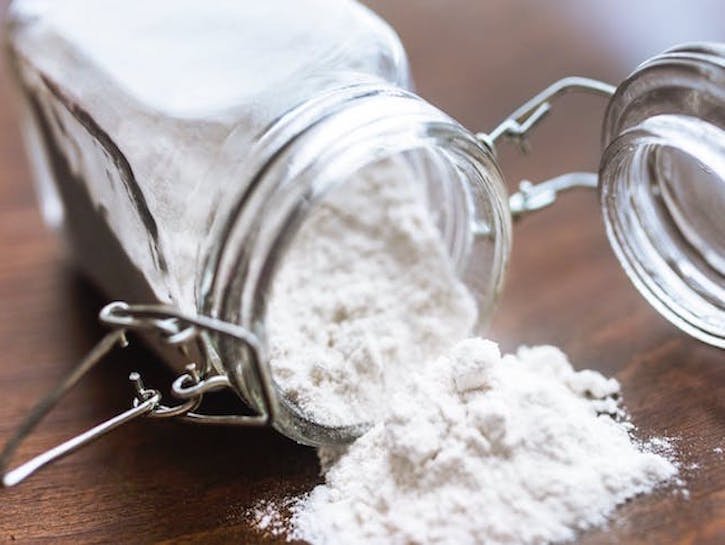The Different Types Of Flour
One of the biggest variances when it comes to flour is protein content. A higher percentage of protein (10-14 percent) is referred to as a “hard wheat,” while 5-10 percent protein content is referred to as “soft wheat.” Flour with a higher protein count will form more gluten when mixed with water, making it denser and more fitting for breads and buns, while flour with a lower protein count is better used for pastries and soft-baked goods.
Bleached Vs. Unbleached

Bleached flour is treated with benzoyl peroxide or chlorine to hasten its curing process and make the dough easier to work with by making it more shapeable and able to absorb more liquid.
Unbleached flour can take weeks to cure naturally and can be challenging to work with, but because of the lack of chemical additives, it provides a healthier alternative to bleached flour. Unbleached flour is worth trying if you have the time and resources to prepare it, otherwise, it’s better to just purchase the bleach flour variety.
All-Purpose Flour
All-purpose flour is the most commonly used type and can be used for most recipes. All-purpose flour tends to be in the 10-12 percent protein range, between being a hard wheat and a soft wheat, and is a good flour option to keep on hand at all times because it can handle most of your baking needs with its versatility. If a recipe doesn’t specify a certain kind of flour, all-purpose flour is a safe bet to use.
Pastry Flour

Africa Studios/Shutterstock
Pastry flour is an unbleached flour that has a protein content of 8-9 percent. It creates a flaky, soft dough that is desirable for treats such as tarts, cookies, croissants and pies.
Cake Flour
Cake flour is great for treats such as muffins, biscuits and cakes because it has a low protein content of 5-10 percent. That means it has weaker gluten proteins, which makes it light and fluffy. As cake flour is bleached, which allows it to absorb ingredients more efficiently and rise faster, leaving your final product very moist and sponge-like.
Bread Flour

When it comes to making your own bread at home, bread flour is key — it has a high protein content of 12-14 percent, offering the structural support and proper density to make bread.
Gluten-Free Flour
Gluten can cause serious health complications for people with celiac disease and gluten sensitivities. As an alternative, there are gluten-free flours can be made from some different sources such as nuts, rice flour and grains.
Whole-Wheat Flour

Jiri Hera/Shutterstock
The main difference between whole-wheat flour and other flours is that two key components of the wheat kernel that are typically removed in the production of flour (the germ and the bran) are kept in the flour. This means more protein, more gluten and a final product that is often denser and heavier than all-purpose flour. You can substitute whole-wheat flour for all-purpose flour, although you won’t need as much due to the higher density whole-wheat flour.
With all flours and their alternatives, the protein count is what’s key — check the protein percentage before buying any flour to find the right fit depending on if you’re making bread, pasta or baking desserts.
